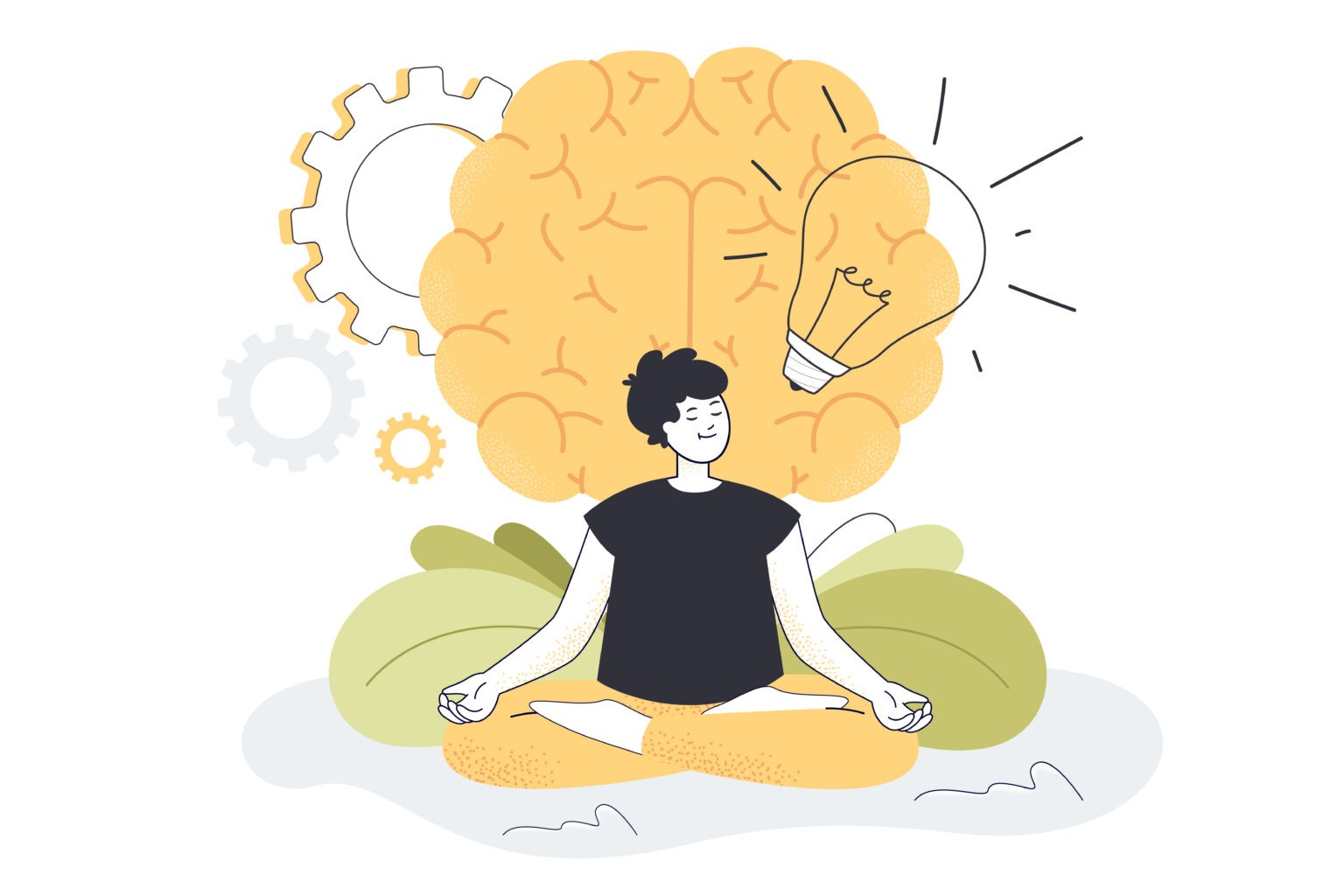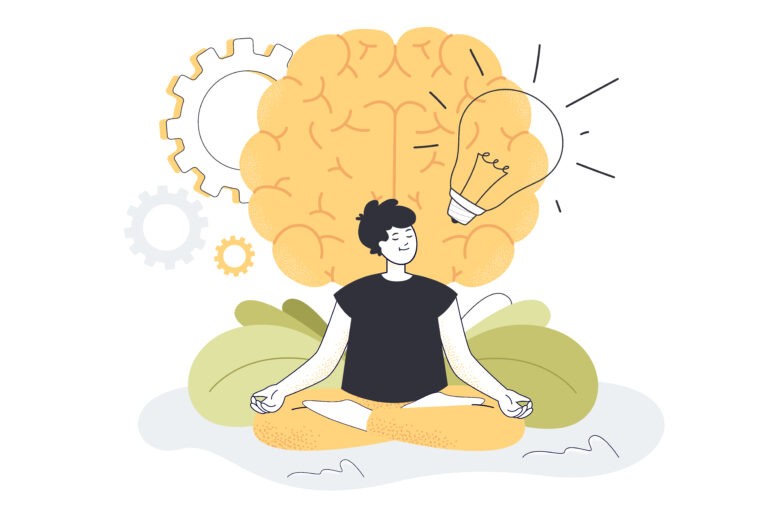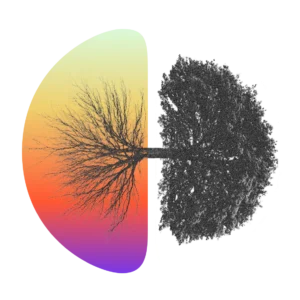Neurons that fire together wire together. This sentence, based on the work of the neuroscientist Donald Hebb, forms the premise of neuroplasticity. It tells us that when neurons form a connection or pattern, the tendency to re-create this connection or pattern is increased in the future. But Hebb’s work dates back to 1949 and was only based on synaptic plasticity. He was also living at a time when the concept of neuroplasticity was still not widely accepted.
Today, we know that what we do, think, and pay attention to can change the structure and function of our brains. Our behavior, our thoughts and emotions, referred to as activity-dependent plasticity, all have the power to create new pathways in our brains.
We also know that neuroplasticity can happen both a the synaptic and structural level. The creation of more pathways, either via more activity at the synaptic level or via the creation of more synapses and dendrites is called ‘potentiation’. A decrease in flow of information and activity at the synaptic and non-synaptic level is called ‘depression’. It is worth noting that ‘potentiation’, the creation of new pathways in the brain, can lead to both positive and negative changes for the person.
For example, in the case of someone suffering from anxiety, repeated ‘negative potentiation’ has made it easier for this person to fall back into negative thought patterns and habits. One possible way to alleviate anxiety (whether originating from the cortex or the amygdala) is therefore to encourage ‘positive potentiation’ via the active creation of positive thoughts, experiences and emotions, which, in theory, could lead to a depression of the anxiety pathways in the brain.
Neuroimaging technology has grown leaps and bounds over the past 10 to 15 years. The Functional MRI is today the leading technology used by researchers to study brain structures and dynamics. Less invasive than other tools such as PET scan or CT scan, but with a similar degree of accuracy, the fMRI allows scientists to study neuroplasticity, as well as the impact of meditation on various part of the brain.
Using control groups, as is standard in scientific testing, as a way to benchmark their results, researchers can now accurately pinpoint parts of the brain that are reacting or not reacting in connection with a particular activity or emotion or thought process by the participants.
For example, in a study from 2013 by Antoine Lutz and colleagues, participants were asked to lay down in an FMRI scan while receiving painful heat stimulus on their arms. Their brains were scanned and the researchers were able to determine that the participants who were experienced meditators had less activation within the Salience Network (several regions of the brain that are responsible, among other things, for emotional reactivity) than the non-meditator group (control) in the phase leading to the application of heat to their arm. This suggested that meditation is helpful in mediating anticipatory stress and worry.




